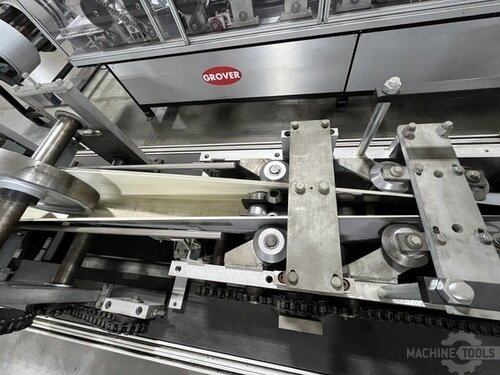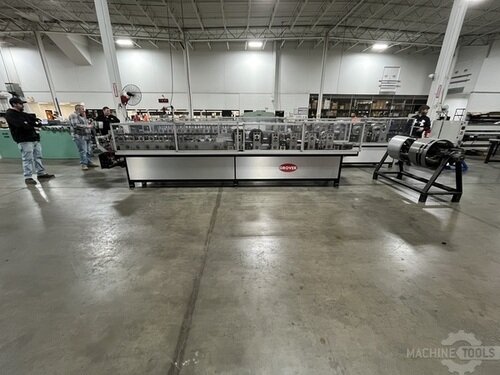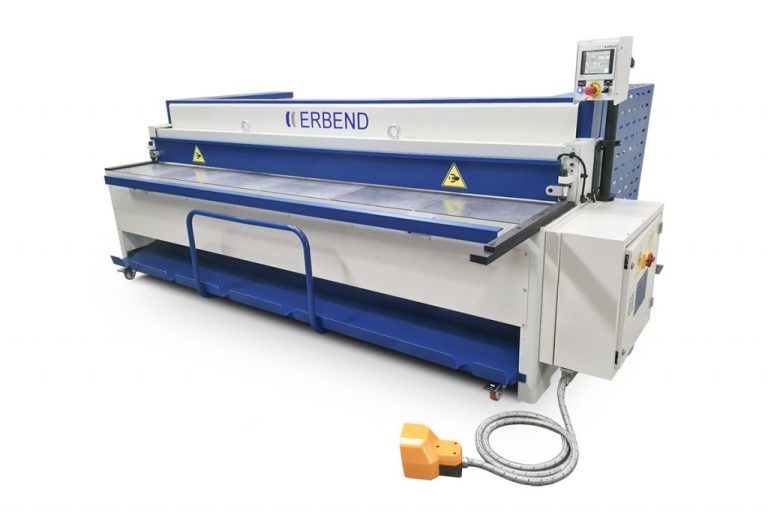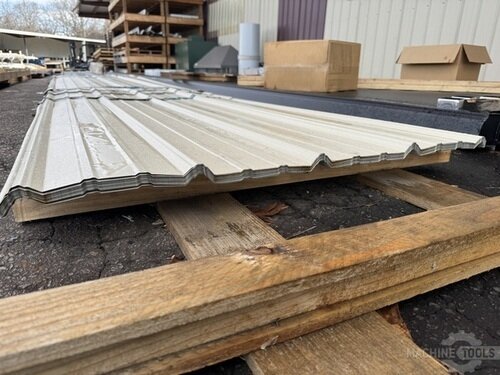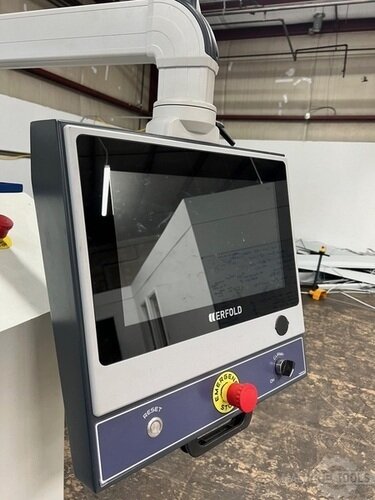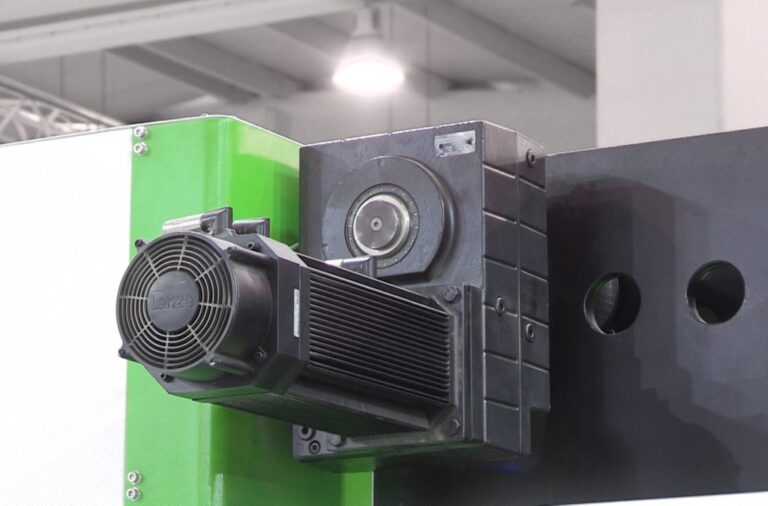From my earliest days growing up in southern Chicago, I learned the value of hard work and the importance of helping others succeed. That mindset has carried me across three decades in the metal fabrication industry, culminating in my current role as Regional Sales Executive at Mac-Tech. Every day, I have the privilege of working alongside roofing contractors, sheet metal shops, and manufacturers to solve production challenges and unlock new levels of efficiency. Whether it’s evaluating a new folder, slitter, decoiler, or a complete downspout roll forming system, my focus is always to deliver practical solutions that drive our customers’ businesses forward.
Leveraging Decades of Expertise: Identifying Inefficiencies in Downspout Fabrication
The downspout fabrication process is ripe with opportunities for improvement, but spotting those inefficiencies takes a trained eye. Over the years, I’ve walked countless shop floors and seen the same bottlenecks crop up: manual handling of coil stock, excessive setup times between runs, and inconsistent product quality due to outdated forming equipment. These issues don’t just slow production—they eat into profit margins and make it harder to keep up with customer demand.
One of the most common pitfalls is relying on legacy equipment that wasn’t designed for today’s tight tolerances or fast-paced jobs. Even minor misalignments or slow manual adjustments can lead to increased scrap rates and more downtime. My approach is to work closely with each customer, mapping out their current process and pinpointing where modern automation and smarter controls can make the biggest impact. In many cases, a targeted upgrade—such as moving to a Stefa Downspout Roll Former—can transform the entire production line.
Evaluating Stefa Roll Former Capabilities for Precision Slitting and Forming
Selecting the right roll former isn’t just about throughput—it’s about precision, flexibility, and long-term reliability. The Stefa Downspout Roll Former stands out for its ability to handle a wide range of materials and profiles with minimal adjustment. Advanced slitting heads enable precise width control, while digital forming stations ensure consistent seam integrity from the first piece to the last.
When comparing roll formers, I advise customers to look beyond base speed numbers. Pay attention to changeover simplicity, the quality of finished products, and ongoing support. With Stefa’s modular design, you can easily integrate upstream slitters, automated decoilers, and downstream cutoff units for a truly seamless operation. This not only boosts consistency but also reduces the learning curve for operators—an important factor as skilled labor becomes harder to find.
Upgrading to Advanced Coil-Fed Solutions: Steps for a Seamless Transition
Transitioning to a new coil-fed roll forming line can seem daunting, but with the right plan, it’s a smooth process. My first step is a thorough assessment of your current workflow: coil handling, loading, forming, and stacking. We’ll identify any pain points, then design a phased implementation that minimizes disruption.
Key to a successful upgrade is operator training and hands-on support. At Mac-Tech, we provide on-site commissioning, operator instruction, and ongoing technical assistance. We’ll help you connect the dots between folders, shears, slitters, and your new roll former—so your team is confident from day one. I’ve seen shops double their output and slash material waste simply by bringing their coil handling and forming up to modern standards.
GROVER 5400 AX
GROVER 4300
Optimizing Metal Folding and Production Speed for Maximum Throughput
Maximizing throughput requires more than just faster machines—it demands a holistic approach to folding, forming, and material flow. Servo-driven folders, for example, offer lightning-fast positioning and repeatable accuracy, allowing you to run complex profiles with minimal setup. By integrating these with your roll forming line, changeovers become nearly instant, and you can tackle short-run, custom jobs without sacrificing efficiency.
Another area where I see big gains is in automated stacking and packaging. By streamlining the end of the line, you reduce labor requirements and keep your operators focused on value-added tasks. Every minute saved in handling or adjustment is a minute you can put toward fulfilling more orders.
Reducing Material Waste and Downtime Through Targeted Equipment Improvements
Material waste and unplanned downtime are silent killers in metal fabrication. They’re often the result of outdated controls, worn tooling, or poor integration between machines. With Stefa roll formers and their advanced diagnostics, you can catch issues early—before they turn into expensive scrap or missed deliveries.
A targeted investment in new controls, in-line quality checks, or automated lubrication can extend tool life and cut down on unnecessary stoppages. I work with every customer to develop a maintenance and upgrade roadmap that matches their production goals and budget. The result? Less waste, more uptime, and a healthier bottom line.
Frequently Asked Questions
When is the right time to upgrade a roll former or folder?
If you’re experiencing frequent breakdowns, rising scrap rates, or struggling to keep up with demand, it’s time to consider an upgrade. Often, the cost savings from reduced labor and waste can justify the investment much sooner than you’d expect.
How do servo-driven folders compare to hydraulic systems?
Servo-driven folders offer superior speed, repeatability, and energy efficiency. They’re ideal for high-mix, short-run production where flexibility and precision are key. Hydraulic systems are robust but can’t match the rapid adjustments or tight tolerances achievable with servo technology.
What’s the difference between a combi-beam and double folder?
A combi-beam folder combines the functions of both straight and box folding in one machine, making it versatile for varied profiles. A double folder, on the other hand, has two independent folding beams for even faster cycle times and the ability to form complex shapes in a single setup.
What are signs a roll forming line is no longer cost-effective?
Watch for rising maintenance costs, inconsistent product quality, or production bottlenecks. If your equipment can’t keep pace with modern demands or requires excessive manual intervention, it’s time to evaluate an upgrade.
Can I integrate new roll forming equipment with my existing shears and slitters?
Absolutely. With today’s modular controls and standardized interfaces, we can often retrofit new roll formers into your current lineup. I work closely with each customer to ensure seamless integration and minimal downtime.
How do I know which upgrades will deliver the best ROI?
We start with a production audit to identify your biggest pain points—whether it’s material waste, labor hours, or throughput. From there, I recommend targeted upgrades that deliver measurable results and fit your budget.
Ready to see how a Stefa Downspout Roll Former or other advanced fabrication solution can transform your operation? Let’s set up a walkthrough or a live demo tailored to your shop’s needs. Reach out to me directly at pat@mac-tech.com or 414-232-7929, or use the form below for a no-obligation quote. Your path to a more efficient, profitable production line starts here.
Get Weekly Mac-Tech News & Updates

